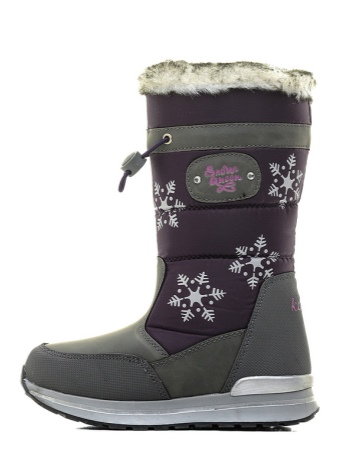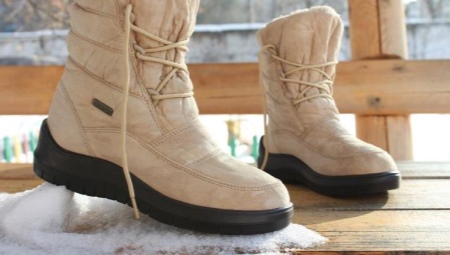Manufacturers of shoes do not stand still and widely use modern technology. So, shoes with a membrane are very popular today. Due to the properties of membrane boots to keep warm during movement, such shoes are especially in demand among young mothers who purchase female and children's models with a membrane.
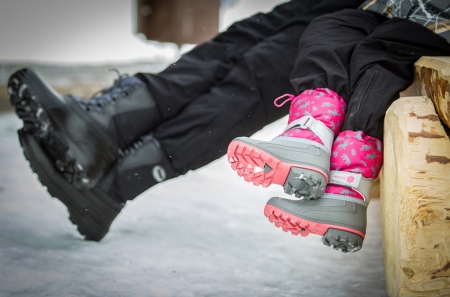
Benefits
In order to understand why membrane shoes are so good, you should understand how they work.
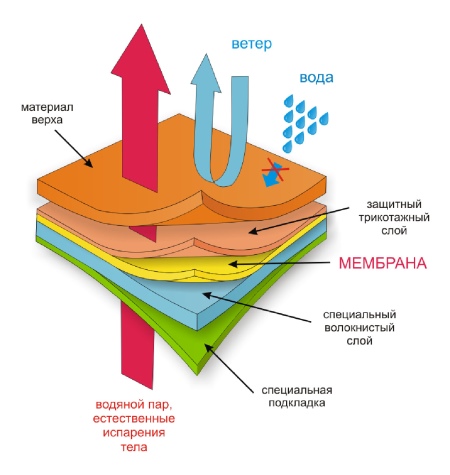
The membrane is a very thin film with good flexibility.
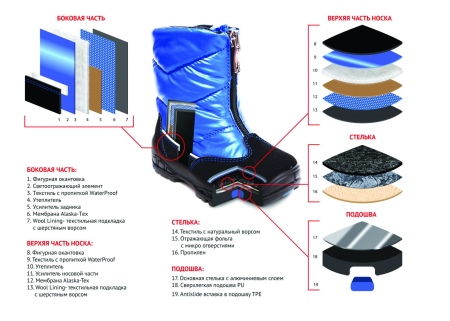
Depending on the varieties of the membrane, it can consist of several layers and have a different structure, however, all types of membranes work on the same principle. In shoes, this film is usually placed as the middle layer between the upper part and the inner lining.
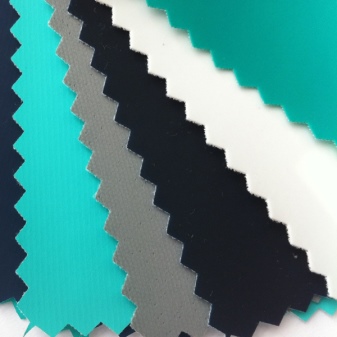
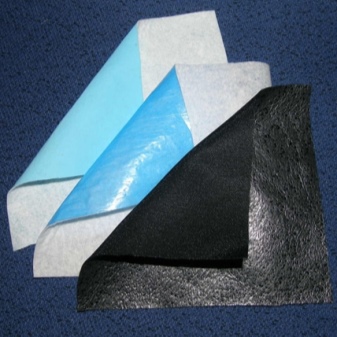
The principle of operation for all types of membrane shoes is the same - outside moisture can not penetrate inside the boot, and from the inside the steam released passes through the membrane. Thus, the legs do not sweat during movement and are well ventilated, while being protected from the weather.
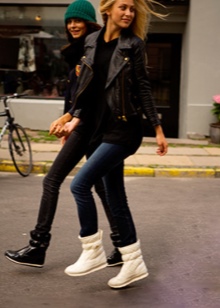


It is these characteristics that make winter boots with a membrane very warm. After all, usually the legs in the boots sweat first, and then freeze, and the membrane allows the fumes to go outside and maintain a comfortable temperature inside the shoe.
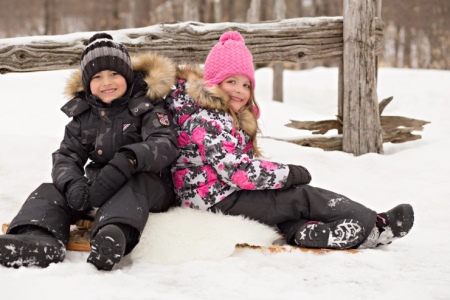
When does the membrane not work?
- When choosing membrane boots, it should be understood that the membrane only works during movement. Therefore, if a girl needs to stand at a bus stop for a long time, then such winter shoes would not be the best option.
- For children who are sitting in a stroller or sedentary during winter walks, you should also not choose boots with a membrane.
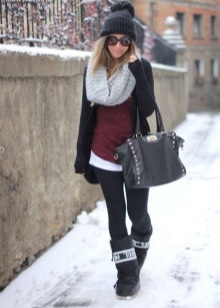
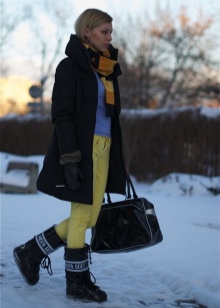
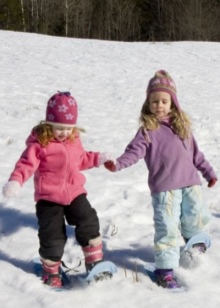
It is during activity that a comfortable microclimate with a constant temperature of 32 ° C is created inside the boots.
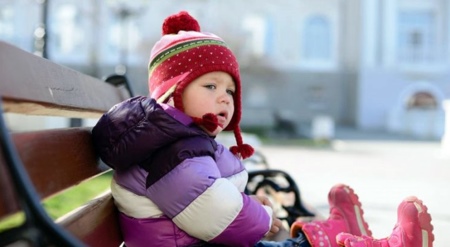
- Another feature of such boots can be called the fact that they are not recommended to wear socks, which are 100% made from natural materials, such as cotton or wool. It is better to give preference to products in which the composition of synthetic fibers is more than half. This is due to the fact that natural materials absorb moisture and thereby prevent its evaporation.
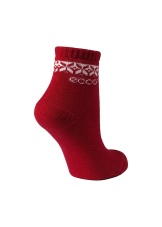
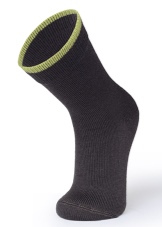
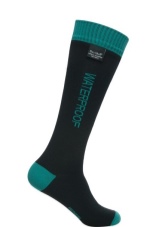
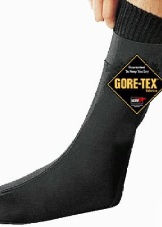
Varieties
Three types of membrane can be distinguished by the structure of the membrane:
- Micropore membrane. This is a film that has a porous structure. Membrane pores are smaller than a water molecule. It is this property that provides the waterproofness of winter boots with a membrane. But on the other hand, the pores can freely pass through the molecules of the vapor that is released when walking. Such a membrane, due to pores, breathes better and removes vapor through openings. But over time, the pores can begin to leak moisture into the boots. Also, the pores can become clogged over time, and then the principle of the membrane will stop working.
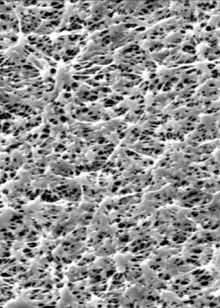
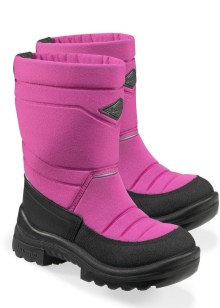
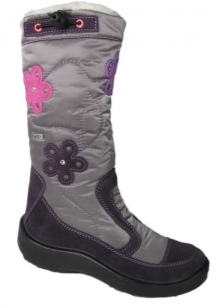
- Hydrophilic membrane. This name was given to the film, on which there are no pores. The material of the hydrophilic membrane is able to bring out water molecules that are released during activity. It is more reliable than micropore, but it is not so easily ventilated.

- Combination membrane. This high-tech fabric combines both pore and pore-free coatings. Such a membrane performs its task best of all due to the combination of the properties of the two membranes described above.
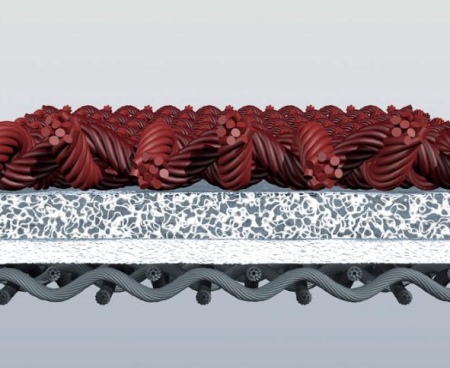
In addition to this classification, membranes are separated by the number of layers. They can consist of 2, 2,5 and 3 layers.
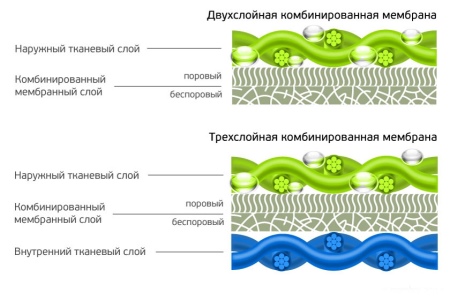
What are they?
Going to the store for membrane boots, you can see that the prices for this category of shoes vary greatly. This phenomenon is explained by the fact that different manufacturers use different types of membranes. Cheaper boots use a membrane that is less resistant to moisture or is worse at letting air through. In addition, low-cost membrane technologies have a much shorter life than high-quality and expensive ones.
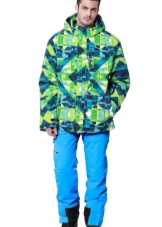
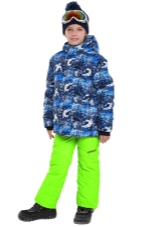
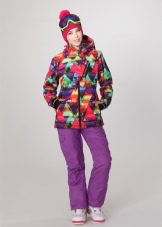
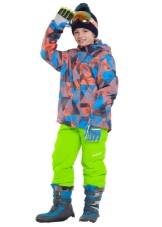
To date, the best membranes that are used in the manufacture of clothing, shoes and sports equipment can be called GORE-TEX and SympaTex. These technologies originate from the very first use of the membrane principle in clothing and footwear and have not since lost their leading position in quality.
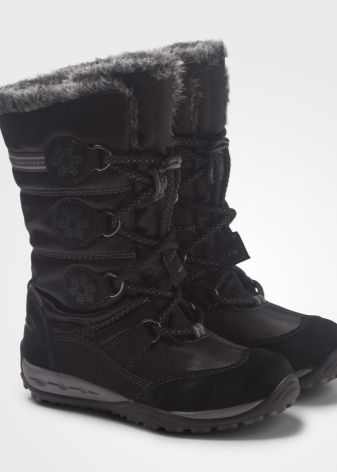
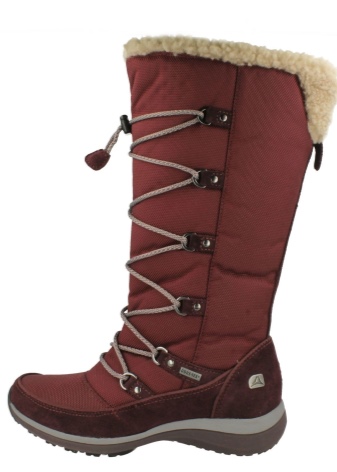
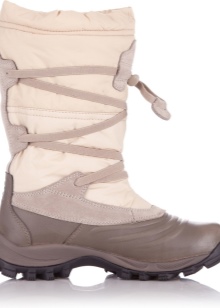
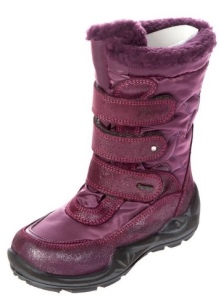
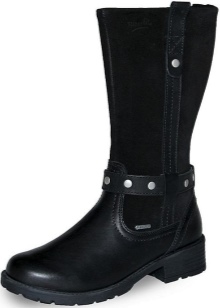
- The GORE-TEX membrane is microporous. Boots equipped with such a membrane, even with heavy physical exertion, remain dry outside and inside.
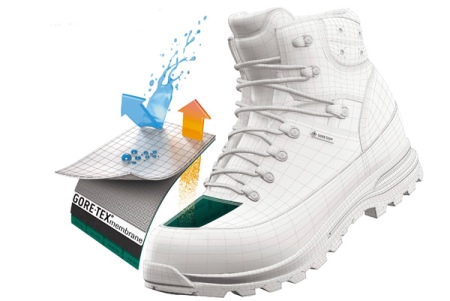
- The SympaTex membrane is made of polyurethane and is hydrophilic. Due to the absence of pores, such a membrane is not susceptible to contamination and does not lose its properties even with strong stretching.
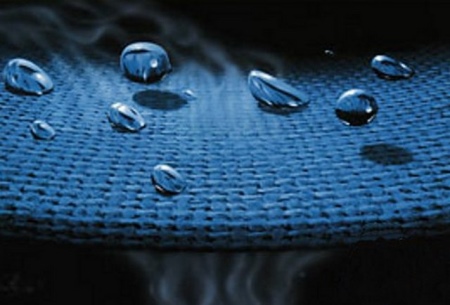
Shoes using such technologies are produced using the latest equipment, which is an expensive pleasure. Therefore, boots with a good membrane can not be cheap.
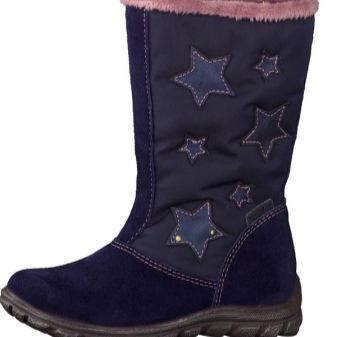
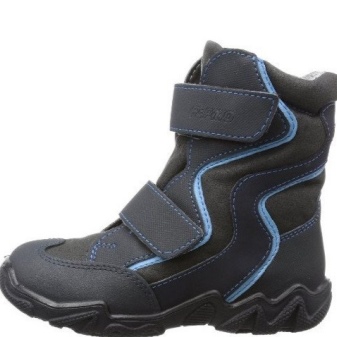
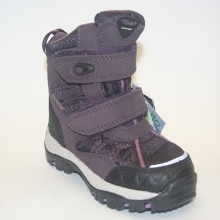
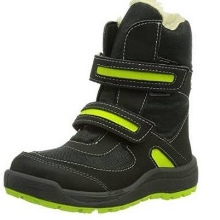
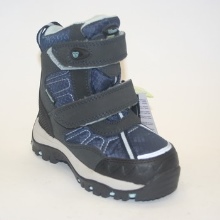
Brands
Today, many manufacturers of winter and demi-season shoes present women's boots with a membrane in their collections. The most popular brands for women are Ecco, Jog Dog, Skandia, Alaska, Antarctica.
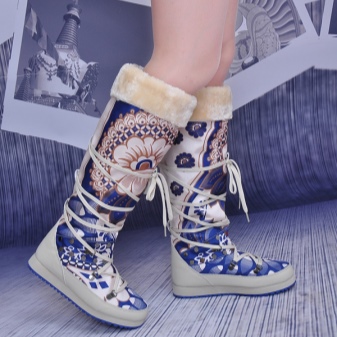
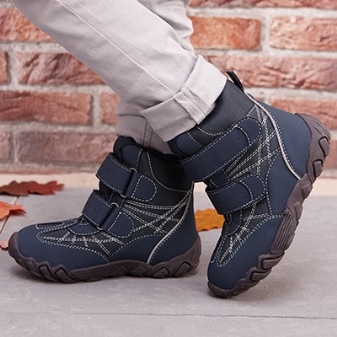

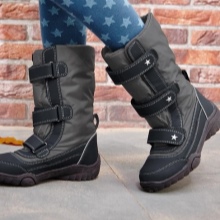
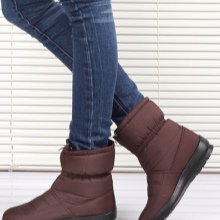
For the production of Ecco membrane boots and boots, the GORE-TEX membrane is used, which provides maximum comfort during long active walks in the cold season. Some models are additionally equipped with special water-repellent impregnation. High quality and Scandinavian style shoes of this brand attract many buyers. However, the price of winter shoes of this brand is quite high.

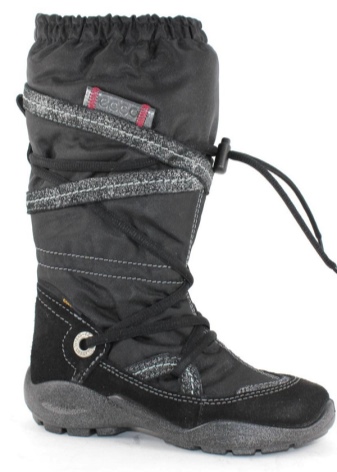
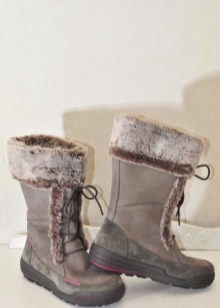
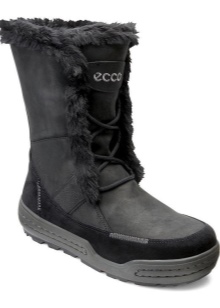
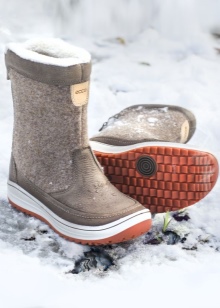
The Italian company Jog Dog produces membrane shoes designed for fairly low temperatures. In its models, the manufacturer uses a Biometex membrane. In customer reviews, the positive aspects include the anatomical structure of the pads in combination with a non-slip sole and a membrane that works. The manufacturer uses artificial materials for boots with a membrane.
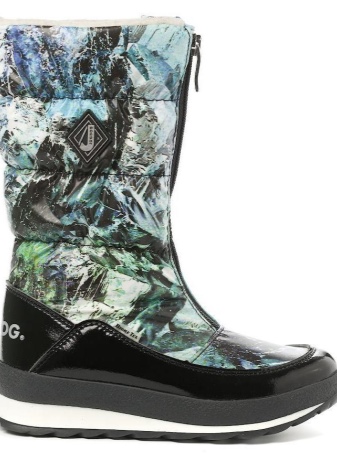

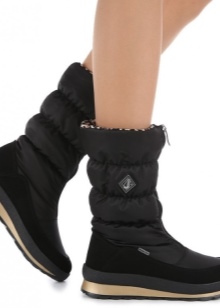
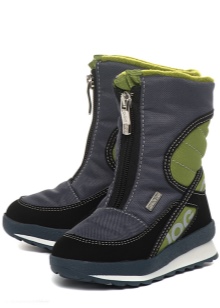
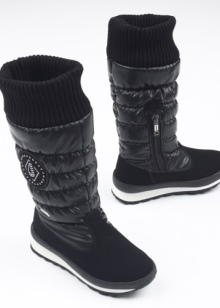
Children's models
Children's models of boots with a membrane are very popular among young mothers. They are ideal shoes for active and curious kids. Many manufacturers have adopted this and are actively using the latest technology for the production of shoes.
There are manufacturers who produce high-quality shoes for children - Skandia, Ecco, Kuoma, Superfit, Richter. There are also cheaper models from firms Zebra, Kotofey.
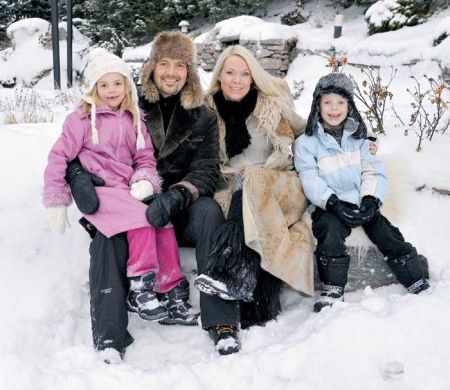
Austrian company Richter produces children's shoes with SympaTex membrane. In addition, most models have a very interesting design.
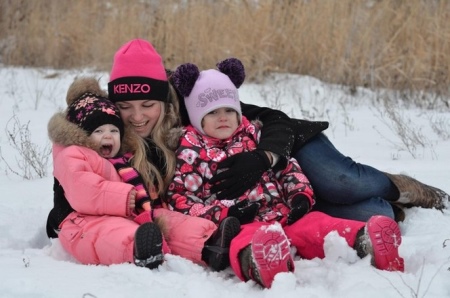
Finnish boots for children with a catchy design are very widely popular among young mothers in Russia. According to many buyers, boots with a membrane of this company are ideal winter shoes for active children.
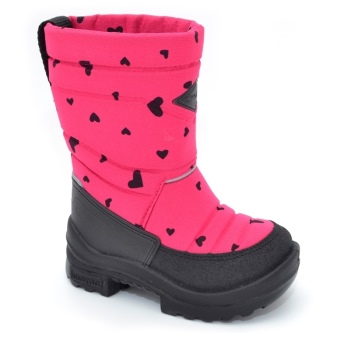
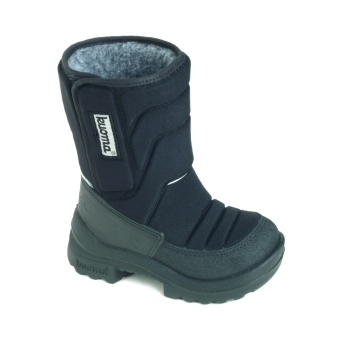
The company Kotofey is one of the widely sought-after manufacturers of children's shoes of economy class. Although many buyers note that the sole wears out over time and the appearance of the shoe deteriorates, most buyers respond positively to the property of keeping the feet of the babies warm.

